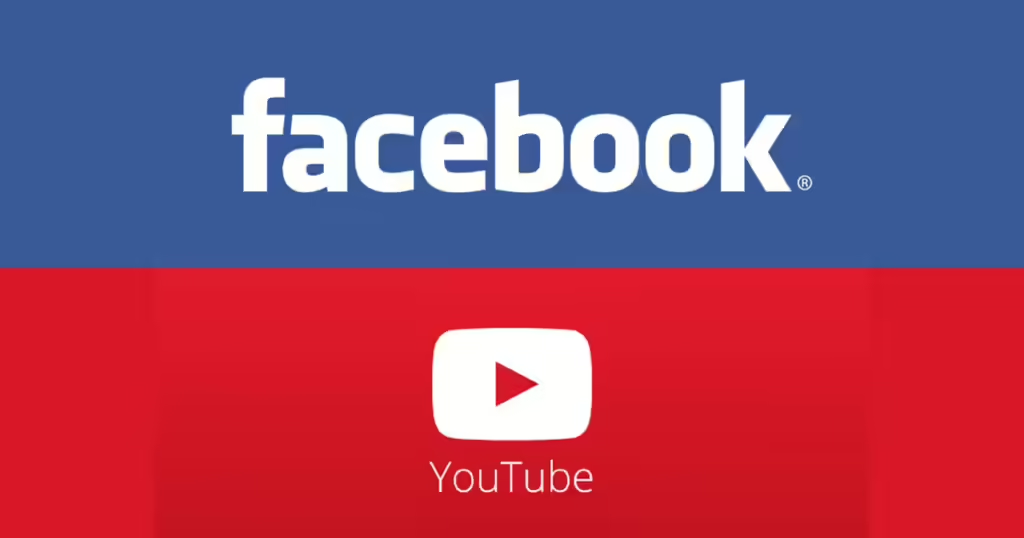What is the difference between YouTube and Facebook Videos and which should you use?
YouTube is the recognised video hosting giant on the Internet, but Facebook, the largest social networking site, has been steadily increasing its growth in the video hosting scene too.
Recommended & Relevant Content
Both YouTube and Facebook track your interests and behaviour, and filters content to make it more relevant for you. YouTube recommends similar videos that you may like, and through an improved Facebook Video Ranking in News Feed algorithm, Facebook sends you more video content that is relevant or may appeal to your interest. People who watch more videos on Facebook also receive more videos on the Newsfeed. The algorithm also mean that videos that people watch more, ‘Like’ and ‘Share’, will be given more attention be featured more often on News Feed etc.
Embedding
Before, Facebook did not offer any embedding features for external sharing. However, as it positions itself to compete with YouTube, it has since introduced the ‘Embed Post’ feature. You can now embed Facebook videos and posts onto your website or blog by clicking ‘Options’ at the bottom of the video. Remember to set the privacy settings to ‘Public’.
Tagging
One of Facebook’s powerful features includes the ‘Tag’ function where you can tag your friends in comments. This facilitates further sharing. Most people also use their real accounts on Facebook and comments tend to be of a more productive or higher quality one than troll, usually anonymous comments on YouTube.
Autoplay
Facebook has also launched the soundless autoplaying function in 2013, which encourages more video viewing when a user scrolls down his News Feed. This is also part of a premium advertising format that Facebook is still testing (Read more about it on Facebook here).
Sharing Videos
It is easy to share a YouTube Video that you like onto your Facebook account. However, note that when you share a YouTube video on Facebook, it appears as a thumbnail image that you can click, and looks different from a video uploaded directly onto Facebook. It is also a popular and easy option to share Instagram videos to Facebook. Both Facebook and YouTube videos are also mobile friendly.
Visible Views & Other Features
Facebook recently added a views counter on Facebook Videos that are set to the ‘Public’ setting (From 8 September 2014). In this area, YouTube has more sophisticated analytic tools for businesses and users, but we are sure Facebook will start to roll out a system for monetising videos eventually as well. Currently, YouTube also allows extra features like video editing, and allows users to set restrictions (ie. Can only play video in certain countries etc)
Conclusion
YouTube has established itself as the behemoth in the video hosting industry, but Facebook is quickly catching up. Overall competition between the two may mean better features and better user experiences. Facebook’s existing Paid Advertising system will also add advantages to its video hosting features.


